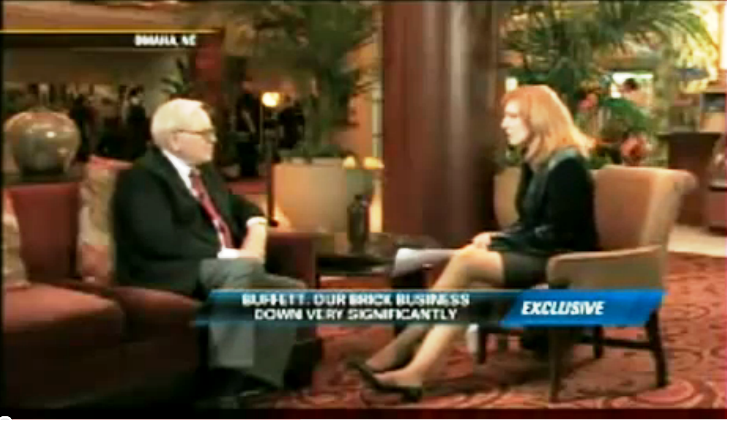
LOOKING BACK just a few years ago, conventional banks provided the primary capital resources to American entrepreneurs to fuel the growth of small business and perpetuate the American dream. Today, that lending environment has changed and small business is struggling to find a new primary capital resource.
As we ended 2008, major financial problems with various financial institutions turned the conventional lending world upside-down. The backlash of regulatory changes and federal government scrutiny of banks and other financial institutions has changed the focus of conventional lending to become almost ridiculous. A typical small business loan under prior guidelines would be evaluated on a balance of retrospective performance, current financials, and prospective business planning to determine qualification for loan approval. Today, a typical small business must demonstrate retrospective performance that virtually guarantees an ability to service the loan while simultaneously showing current financial equity more-than-sufficient to cover the debt. The presence of a strong prospective plan is irrelevant if the prior elements of a virtual guarantee are not in place. What is even more challenging is the fact that one of the two elements is worthless without the second.
Equity in excess of the loan amount is insufficient to secure the loan without the evidence of cash flow that will service the loan. Alternatively, evidence of substantial cash flow that would easily service the loan will fall short of the goal without equity that could offset the loan amount. Even when the two requirements are met, personal guarantees are usually necessary to satisfy the bank loan underwriters. This creates a real dilemma for emerging small business entrepreneurs in America.
The true spirit of the American entrepreneur has always been the element that has set us apart in the world. The capital resources will be found through alternate methods that bypass conventional banking and fuel the emergence of a new method for funding the growth of small business in America. Conventional banking will see the requests for lending shrink and the level and duration of deposit relationships dwindle. Banking in America will become a processing service and lending will become a smaller part of their model.
A new method of distributing capital resources from private sources as loans and/or equity investments directly to small businesses will begin to replace some of the conventional lending. Other new methods of funding small business may come from large corporations who provide capital resources to smaller synergistic operations that feed a business need or niche for the larger corporation. Municipalities may raise funds to provide capital resources to captivate businesses to establish and/or grow in that community. New web-based resources will emerge that connect financial, labor, material, land and facility resources in new dynamic ways that eliminate many of the barriers present in the conventional “brick and mortar” banking environment of today.






















